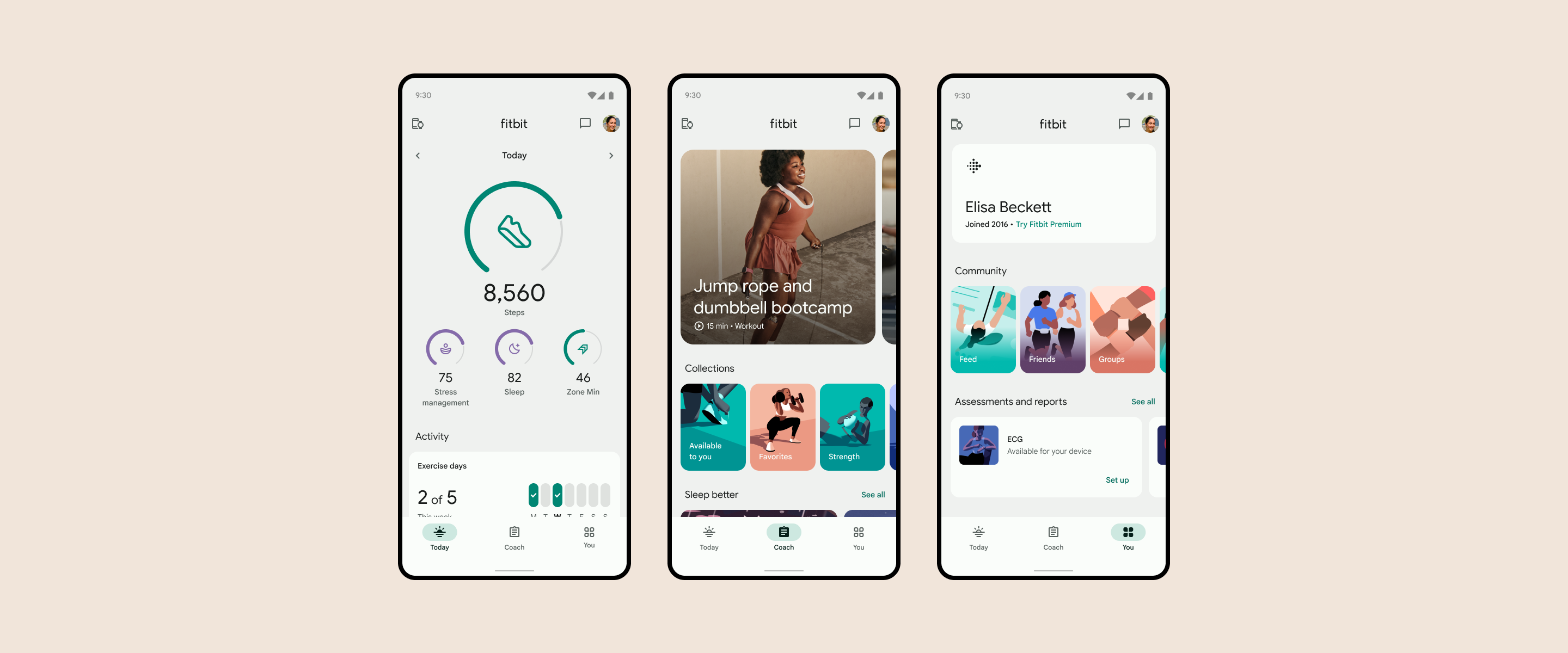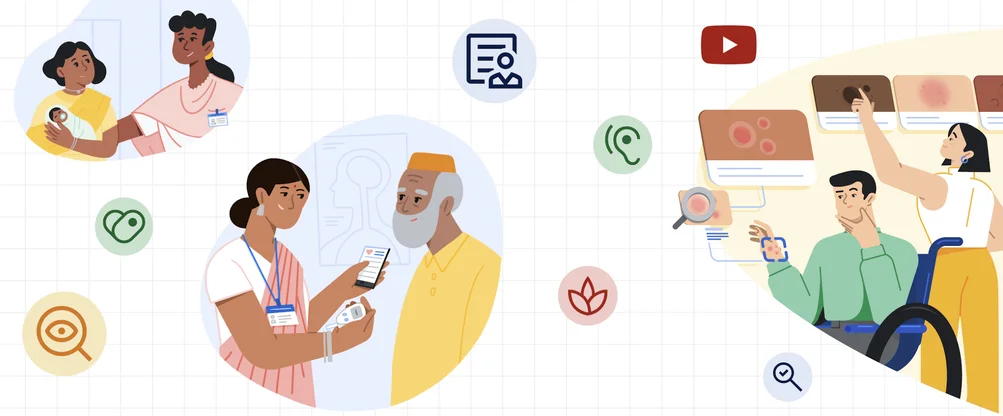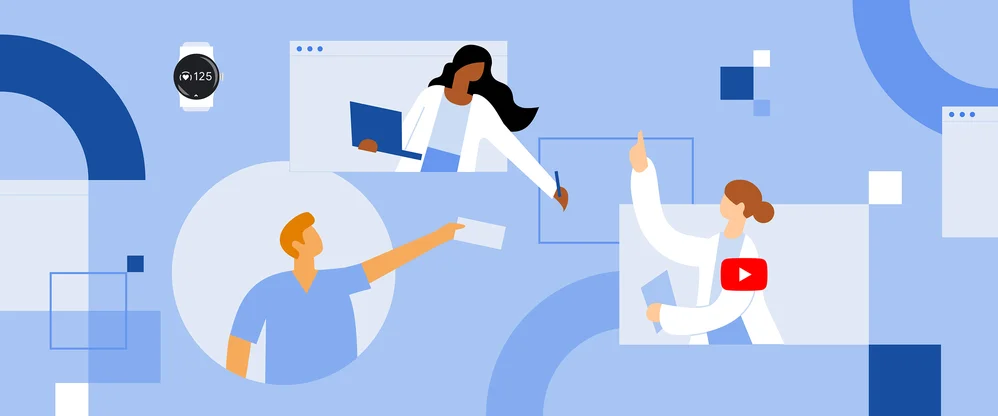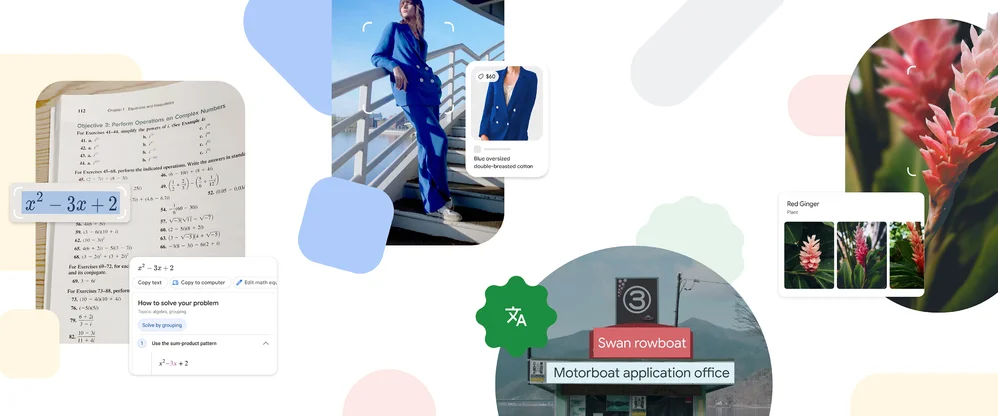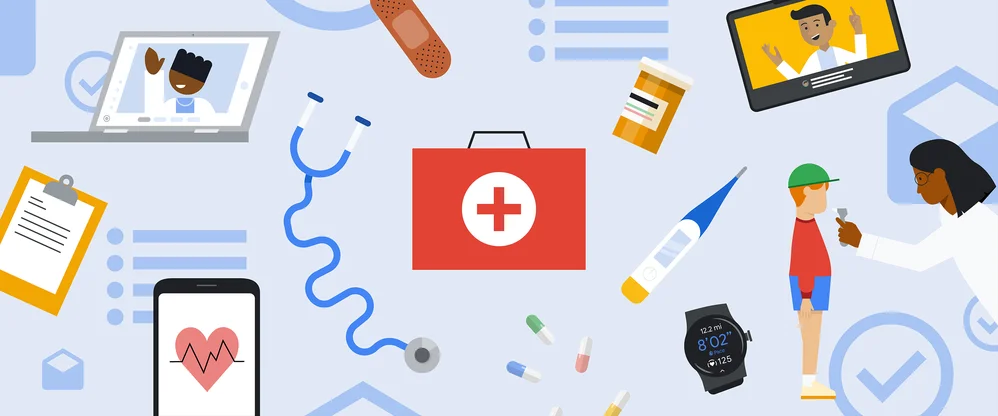How we trained Fitbit’s Body Response feature to detect stress
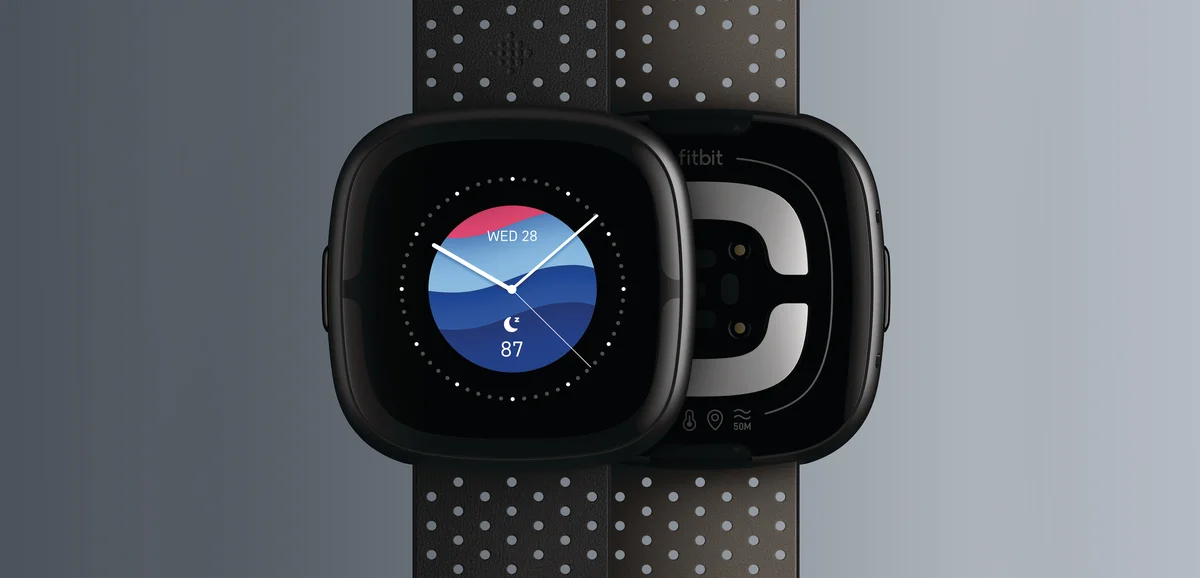
To design and build the new Body Response feature for Sense 2, we had to get people stressed out. That’s because when we launched Sense 2, we included a new feature that can help detect when your body is showing signs of physical stress, thanks to changes in heart rate, skin temperature, and even micro-sweat levels on your skin.
Coming up with this feature took lots of research and testing — and even a surprise math test. Here’s how our stress management feature works, and how we brought it to your wrist.
How Fitbit stress detection works
When we first started working on stress management, we built the Stress Management Score algorithm that is calculated once per day, after you wake up. It looks at physiological, sleep and activity data from the last night, the previous day and the previous week to predict how resilient you are likely to be to stressful situations.
At the same time, we debuted the sEDA sensor with Fitbit Sense, the world’s first electrodermal activity sensor on a smartwatch that can be used to provide a brief “spot check” of your stress levels, whenever and wherever you choose. This sensor was designed to measure micro-sweat levels on the palm of your hand over short time periods.
Now, the Body Response feature for Sense 2 is powered by the first on-wrist continuous electrodermal activity (cEDA) sensor for all-day tracking. We can track your stress in real time by using a machine learning algorithm that was trained to know what to look for, like sweat levels, but also heart rate, heart rate variability and skin temperature. The algorithm is designed to look for sudden changes in these metrics and prompt you at the right time, providing you with the opportunity to either reflect on what may be causing your stress, or take actions such as guided breathing or walks to reduce it.
So, for example, when your heart rate increases and your skin temperature decreases, the Body Response feature is likely going to send a notification alerting you of potential stress. Over the first month of being on your wrist, the algorithm uses more and more of your data to determine your baseline activity to more accurately detect acute changes from that baseline.
The body's response to stressors causes rapid changes in hormonal and physiological functioning across the body, known as autonomic arousal. Interestingly, many of these same physiological signals occur when something positive or exciting is happening, like going on a first date or hosting a big party.
This is where you play an important role in logging how you were feeling at that moment on your device, or later in the Fitbit app. If you’re wondering what happens during exercise, we can infer when you’re exercising and we disable the Body Response algorithm during these periods, because we know your body signals are likely caused by your workout, not stress.
How we tested it
Participants took part in a controlled social stress test, when they were studied through a mock “dream job” interview and a surprise math test. Three “judges” also watched them throughout the virtual lab, adding to the social pressure. Sounds stressful, right?
We used the data gleaned from this test to train the Body Response algorithm, a classical machine learning algorithm that identifies periods when the participants showed physiological signs of autonomic arousal.
To verify the Body Response algorithm works in real-life scenarios and not just in a lab, we then conducted a study where participants wore prototype Sense 2 devices during their “normal lives” for one week, logging their stress levels at various times. We verified our algorithm could identify those periods of logged stress.
Stress both impacts and is impacted by other areas of life, including how we feel physically, emotionally and of course, mentally. So the next time you’re working hard to manage stress, remember the Body Response feature is working hard to help you, too.
